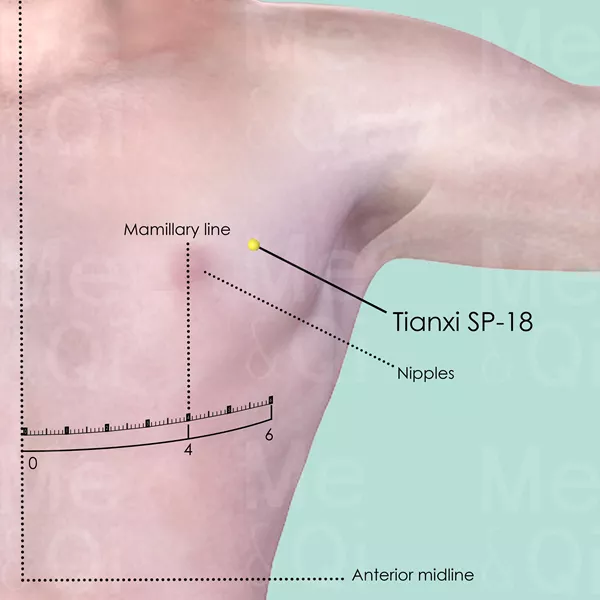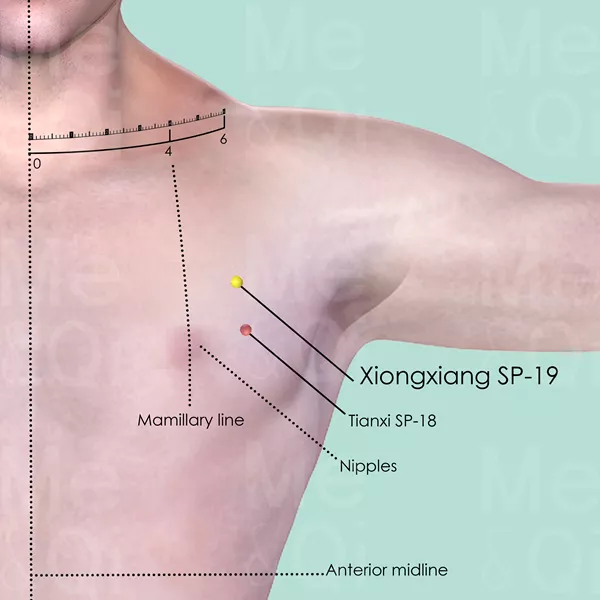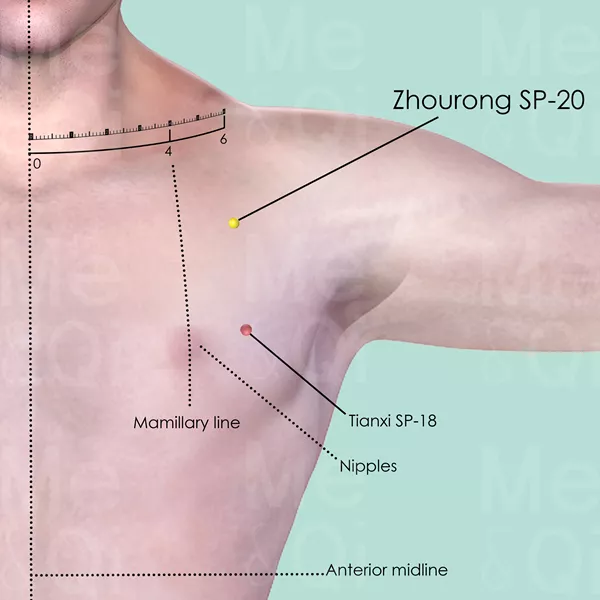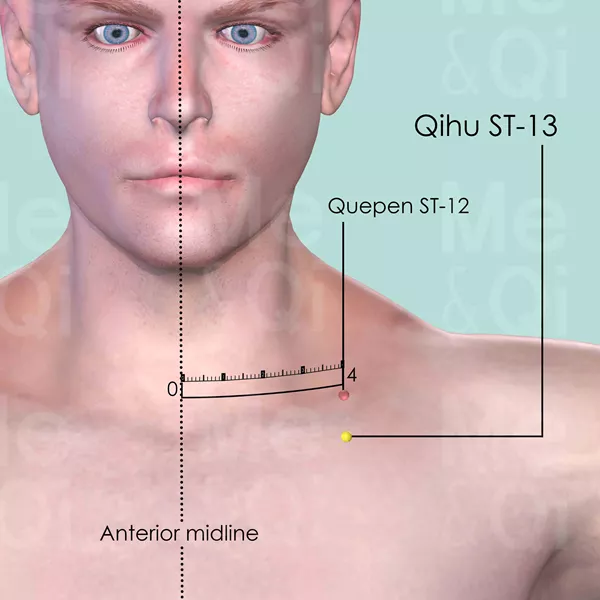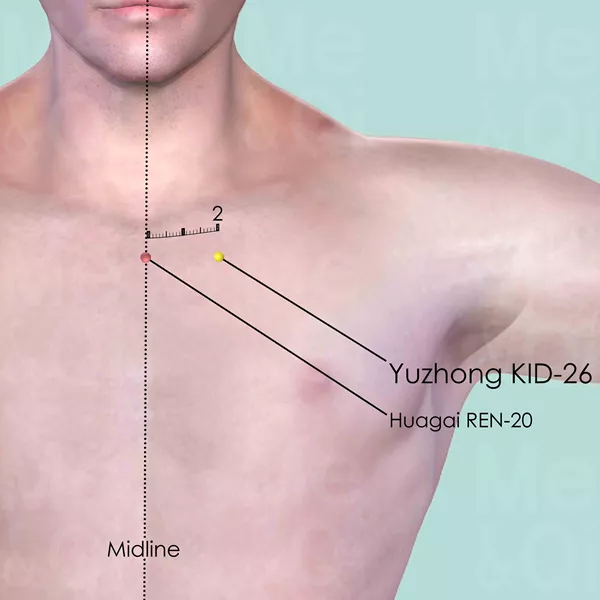Swelling On The Side Of The Chestaccording to TCM
Symptom family: Chest Swelling, Congestion, and Physical Changes
What is swelling on the side of the chest?
Swelling on the side of the chest, also referred to as lateral costal region fullness or enlargement of the side of the chest, describes an abnormal puffiness or distension in the area between the ribs and the side of the chest. This condition can be caused by various factors, including infections, inflammation, trauma, or underlying medical conditions affecting the organs or tissues in this region. Symptoms often include pain, tenderness, and sometimes restricted movement, which can significantly impact daily activities and overall well-being.
How does TCM view swelling on the side of the chest?
Traditional Chinese Medicine (TCM) views swelling on the side of the chest as a manifestation of underlying patterns of disharmony within the body. In TCM, symptoms are seen as signs of imbalances in the body's energy, or Qi, and can be caused by various factors such as Stagnation, Heat, or Dampness.
Identifying the correct pattern is crucial for effective treatment. Unlike Western medicine, which often focuses on treating the symptoms directly, TCM aims to address the root cause of the imbalance, thereby restoring harmony and promoting holistic healing.
Acupoints for Swelling On The Side Of The Chest
In TCM, acupoints are used to alleviate swelling on the side of the chest by regulating Qi, resolving Stagnation, and clearing Heat or Dampness. Key acupoints include Shidou (SP-17) and Tianxi (SP-18) in the Spleen Channel, which help resolve food stagnation and regulate Qi.
In the Stomach Channel, Kufang (ST-14) and Qihu (ST-13) are effective for descending Rebellious Qi and opening the chest. Additionally, Dannang (EX-LE-6) in the Gall Bladder Channel clears Damp-Heat, while Xialian (LI-8) in the Large Intestine Channel regulates the Small Intestine and clears heat. Xuanji (REN-21) in the Directing Vessel opens the chest and descends Lung Qi.
Explore below some acupoints used to address swelling on the side of the chest, organized by meridian.
- By Meridian
- Spleen Channel
- Stomach Channel
- Extra Points: Lower Extremities (EX-LE)
- Large Intestine Channel
- Directing Vessel
- Gall Bladder Channel
- Kidney Channel
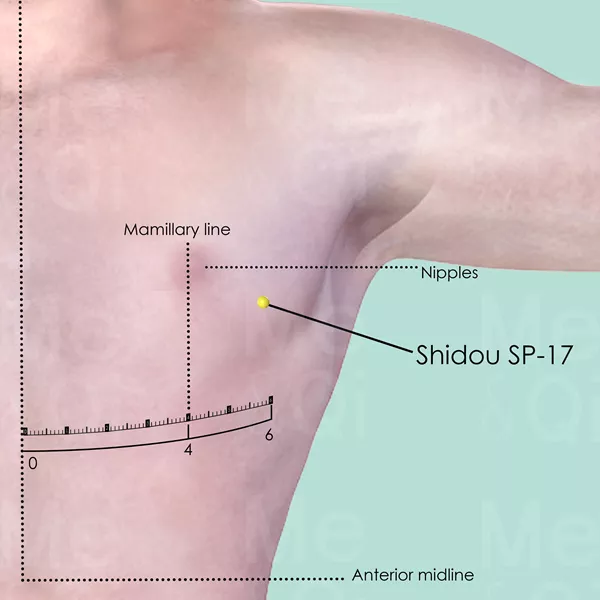
Shidou SP-17
6 cun lateral to the anterior midline, 2 cun lateral to the mamillary line, in the 5th intercostal space.
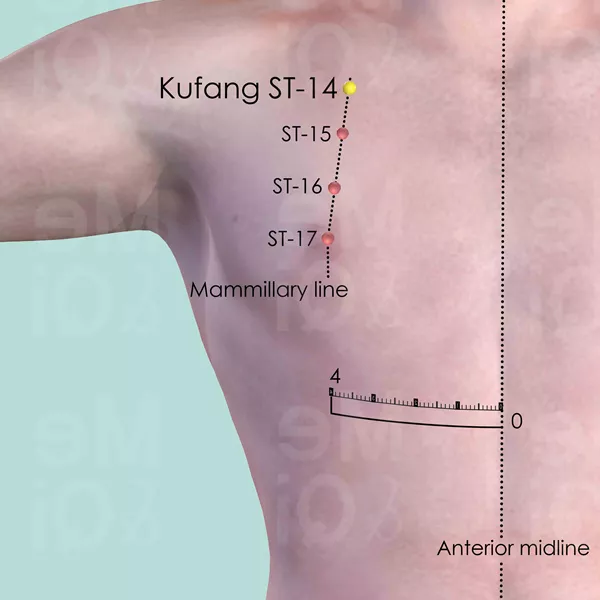
Kufang ST-14
In the 1st intercostal space, on the mammillary line, 4 cun lateral to the anterior midline.
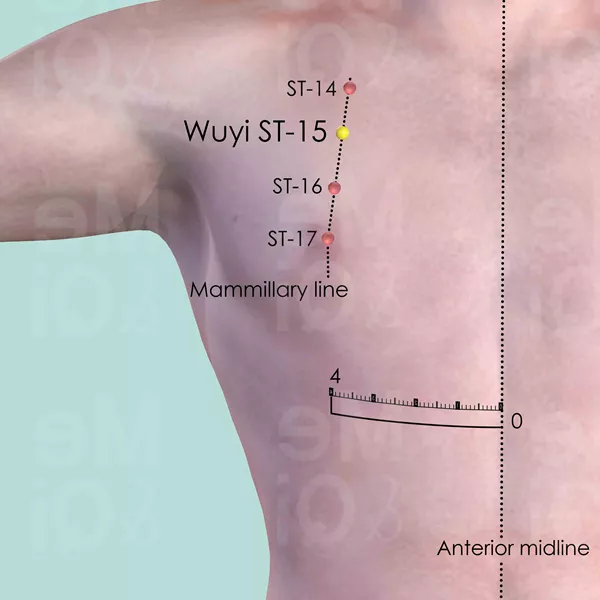
Wuyi ST-15
In the 2nd intercostal space, on the mammillary line, 4 cun lateral to the anterior midline.
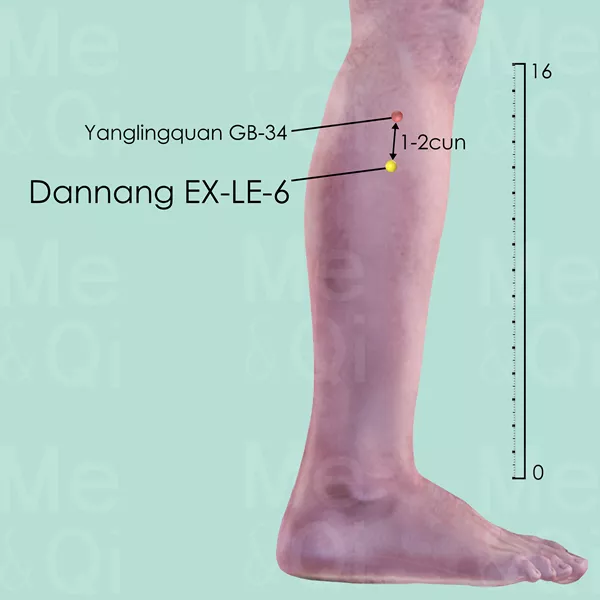
Dannang EX-LE-6
On the Gall Bladder Channel of the right leg, about 1-2 cun below Yanglingquan GB-34. Around there, palpate and locate Dannang EX-LE-6 at the most tender point.
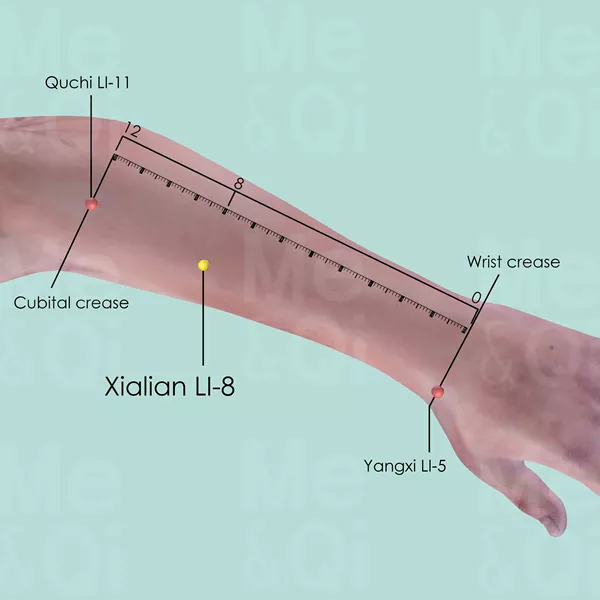
Xialian LI-8
When a fist is made, with the ulnar side downward and elbow flexed, the point is 4 cun distal to Quchi LI-11 of the line joining Yangxi LI-5 and Quchi LI-11.
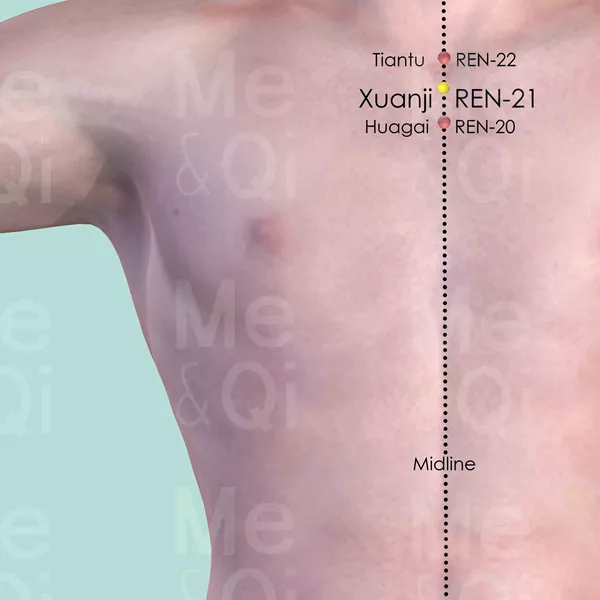
Xuanji REN-21
On the midline of the sternum, below the upper border of the manubrium sterni and midway between Huagai REN-20 and Tiantu REN-22.
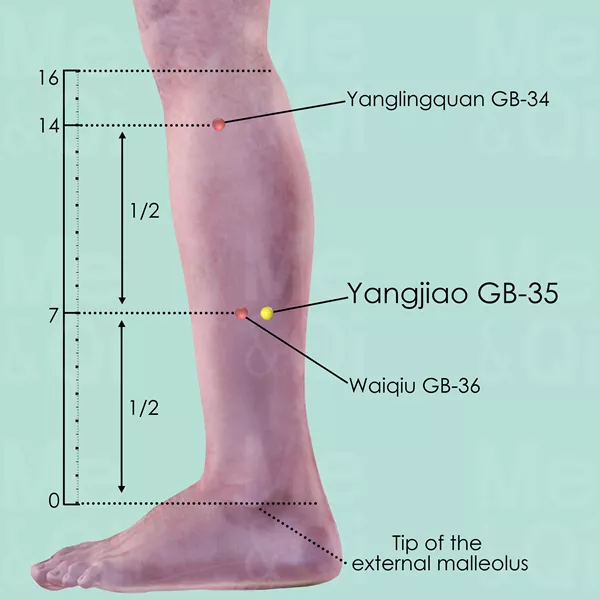
Yangjiao GB-35
7 cun above the tip of the external malleolus, on the posterior border of the fibula, within the distance between the tip of the external malleolus and Yanglingquan GB-34. It is also at the same level as Waiqiu GB-36.

